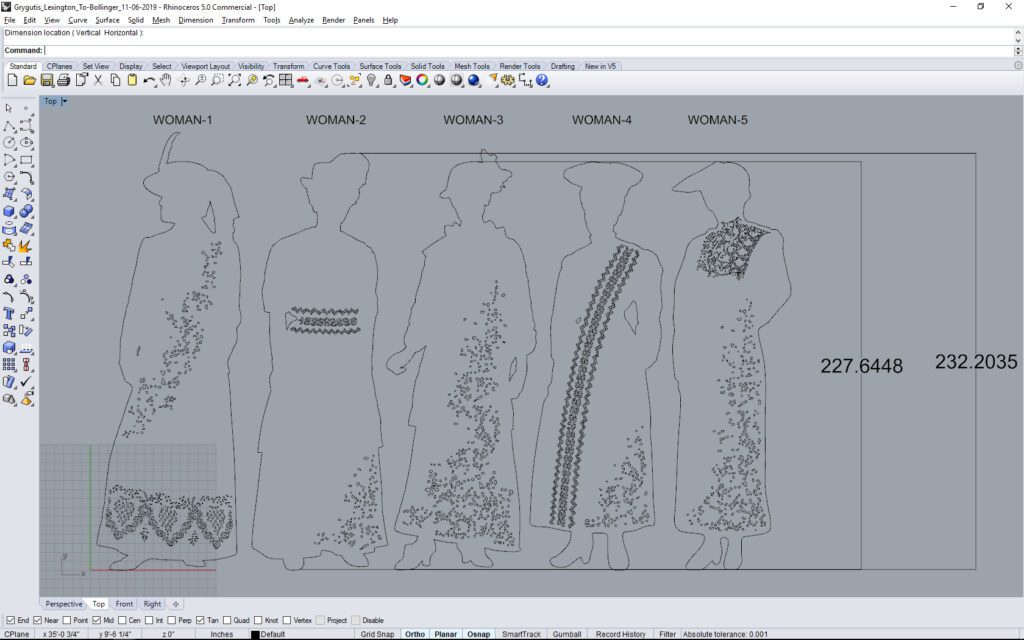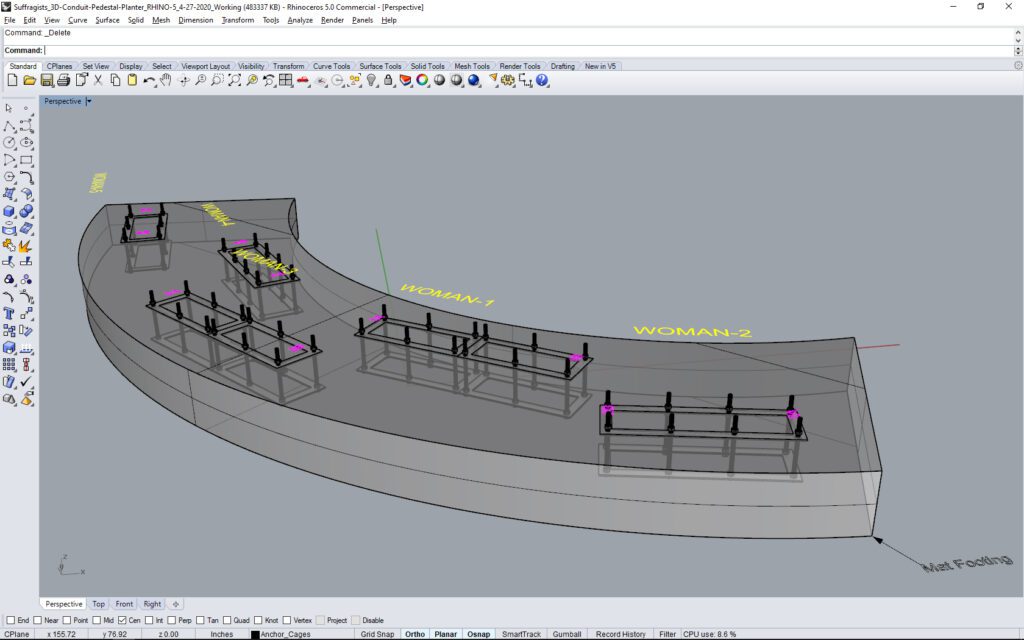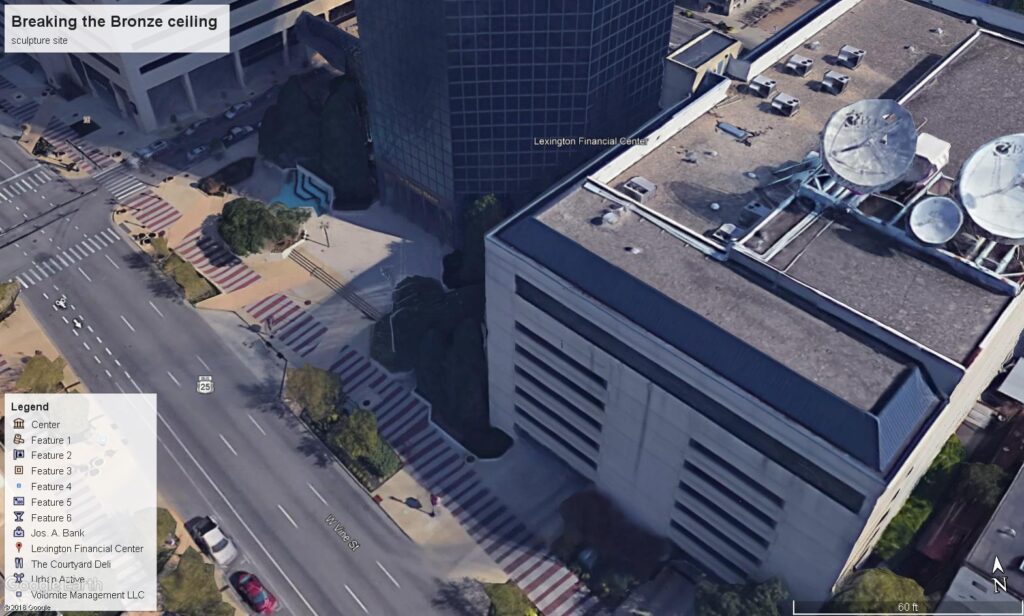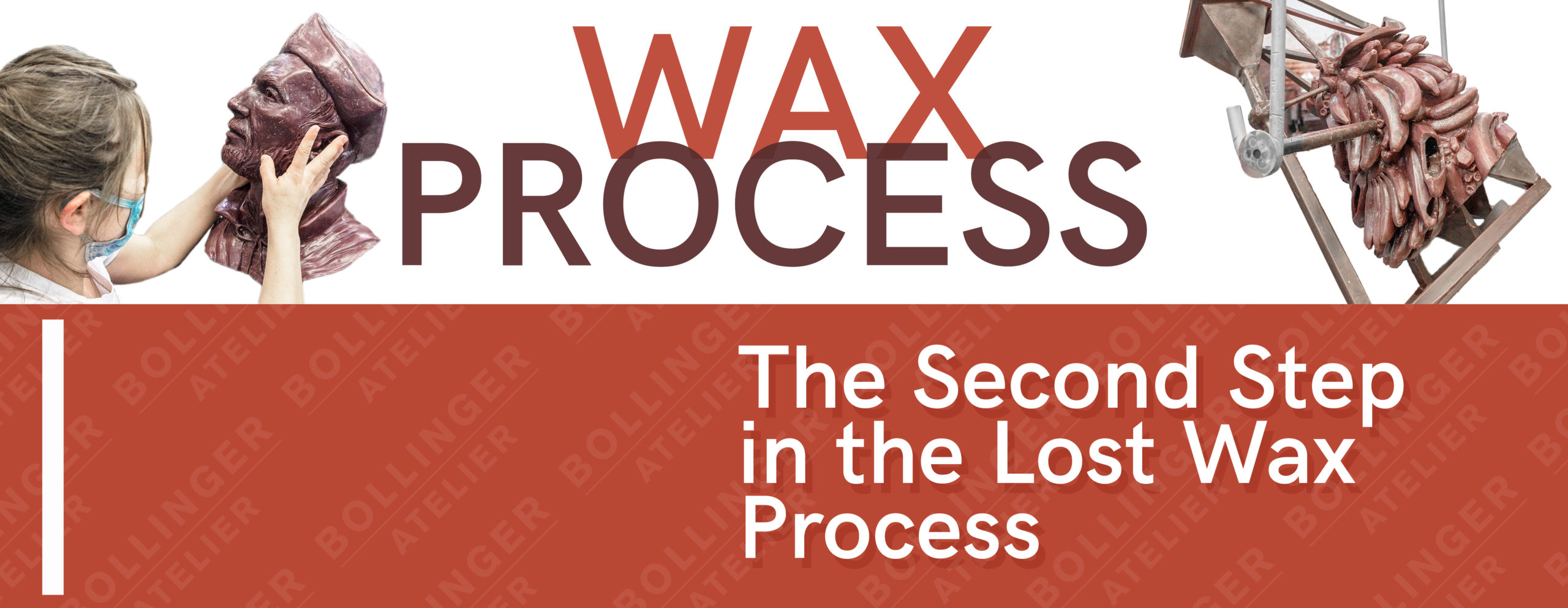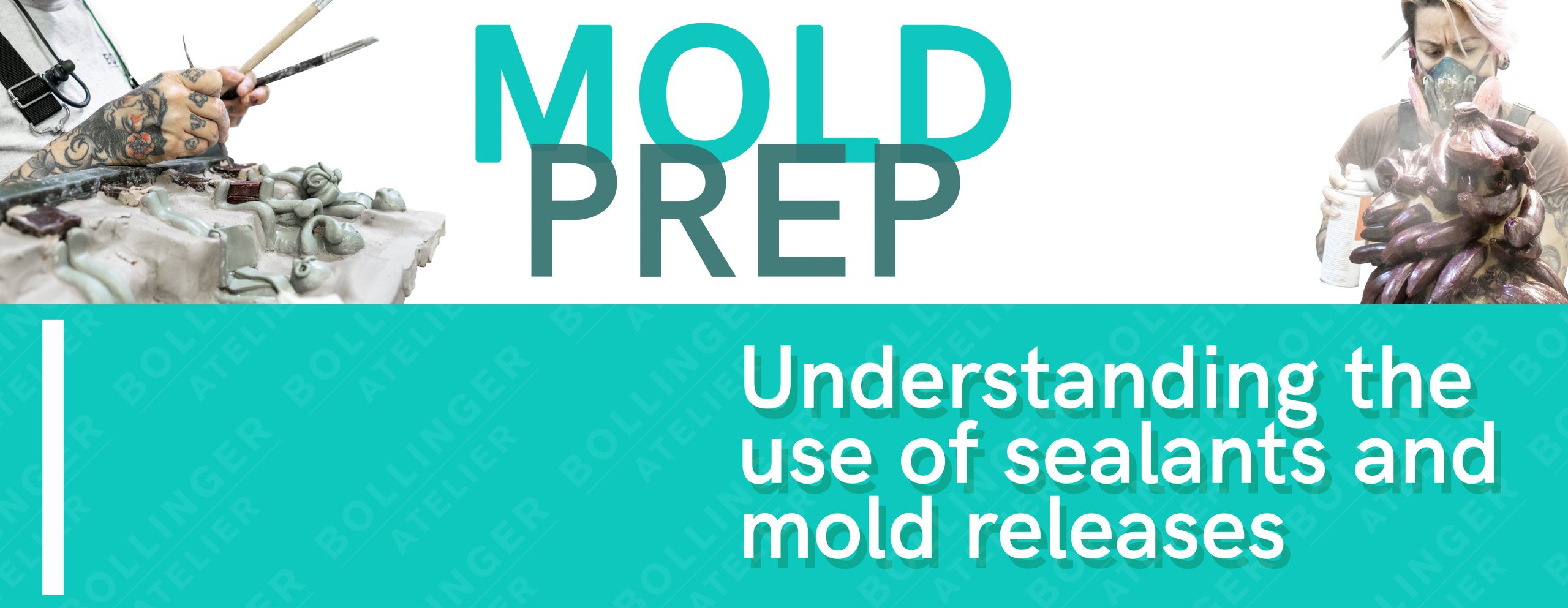Written by Daniel Mariotti
BARBARA GRYGUTIS – 5 SUFFRAGETTES (LEXINGTON)
Through her work as an artist, Barbara Grygutis has created public spaces that enhance the built environment, enable civic interaction, and reveal unspoken relationships between nature and humanity. She engages the public through her works of art by identifying themes meaningful to each specific site and community.
Barbara Grygutis has created over 75 works of large-scale public art in locations across the United States and beyond. Most recently, her Imaginary Garden promenade in Cary, North Carolina’s Walnut Street Park received national awards from Hardscape North America and Brick Industry Association’s Brick in Architecture competition. In addition to her permanent public art installations, Grygutis’ work has been exhibited at The Smithsonian Institute in Washington, DC; The Socrates Sculpture Park in Long Island City, New York; The Bronx Museum in New York City; and The Parker Collection for the Vice-President’s House and the White House, both in Washington, D.C.

The “Stand” project came to light after Grygutis had been chosen out of 127 proposals that were submitted for the call. It was spearheaded by Lexington-Fayette Urban County councilwoman Jennifer Mossotti who, along with other local Lexington women, created the “Breaking the Bronze Ceiling” initiative. She was inspired to start this initiative after reading a TIME magazine article that said: “fewer than 7% of the 5,193 monuments in the United States recognize women”.
Lexington Mayor Linda Gordon mimics the lack of recognition of women and says that the statue was long overdue. “It reminds all of us how far we have come and how far we have to go,” Gordon said. She is the third woman to be elected mayor of Kentucky’s second-largest city.
Our process began when Barbara provided us with two-dimensional drawings and three-dimensional digital models for the five fabricated aluminum sculptures for “Stand”. The digital 3D models were further refined to include the internal structural support members, mounting plates, anchors, and footers for structural engineering.

The digital 3d models were deconstructed in Rhino 3D, a CAD application modelling software, into individual surfaces which could then be converted into vectors for water jet cutting. The vectors, which are points, lines, and curves that are based on mathematical formulas, provide the data needed for CNC waterjet cutting of the aluminum plate parts. The vectors for cutting were parted based on the available size of the plate and the footprint size of the CNC waterjet cutting tool that was used.
Waterjet cutting uses an extremely high-pressure jet of water and abrasives to cut a variety of materials. The CNC waterjet cut the intricate patterns and profiles for “Stand” from 3/8″ and 3/16″ 6061 aluminum plate. These flat, plate parts were then sent to our fabrication/metal department.

Our main goal is to translate and maintain Barbara’s original vision. During fabrication we work from the inside out, so plenty of forethought and planning is key for success.
First thing is to lay out the 17′ water jet cut facings, front and back, and to match up the patterns with the internal armature. Working from the structural plans, digital renderings, and the water jet cut forms we would map out our lengths, angles, and joints; measure twice, cut once. It’s very easy to weld yourself into a corner. Our biggest challenge was matching the front and back of the sculpture to the cross-member infrastructures without having any intersections with the decorative cut patterns. Once we were confident that we’ve met the engineering requirements and maintained Barbara’s vision we started assembly.
The return edges that give the sculpture depth were also very challenging. Using a hydraulic press and handheld cylinders, a combination of preforming, annealing and hand-smithing were used for following and shaping the nuanced contour of the sculpture. For this to be efficient we had to custom make the hydraulic press specifically for the sculptures. This included making a clamp to keep the two top halves aligned with each other so that when the press was pushing the side panel to form no of the components would shift or move before we tacked it in place.

Because of the closed nature of this sculpture, the internal lighting and electrical needed to be placed before the final facing was attached. Working with Barbara, we small tacked welds first, to set the angles and attitude of the lighting. Several trials were necessary to capture the right atmosphere for the sculpture. Then, everything was permanently welded into place and finished to be wrapped up and shipped to the installation site.

**“This monumental artwork commemorates the women suffragists who fought for the passing of the 19th Amendment which afforded women the right to vote. Sited in downtown Lexington, Kentucky, the artwork will serve as the first public sculpture to honor historic women in the city. The five, 20-foot aluminum silhouetted sculptures will serve as a reminder of the historic significance of the women who pushed for suffrage, the achievement of the 19th Amendment, as well as the continuing fight for women’s rights, representation and equality. The silhouettes do not depict any specific woman as the movement for women’s suffrage was widespread. At night, the sculptures are illuminated from within to act as a community beacon around the clock.”
**Text taken from Barbara Grygutis website
Commissioned by Breaking the Bronze Ceiling, Lexington, Kentucky.
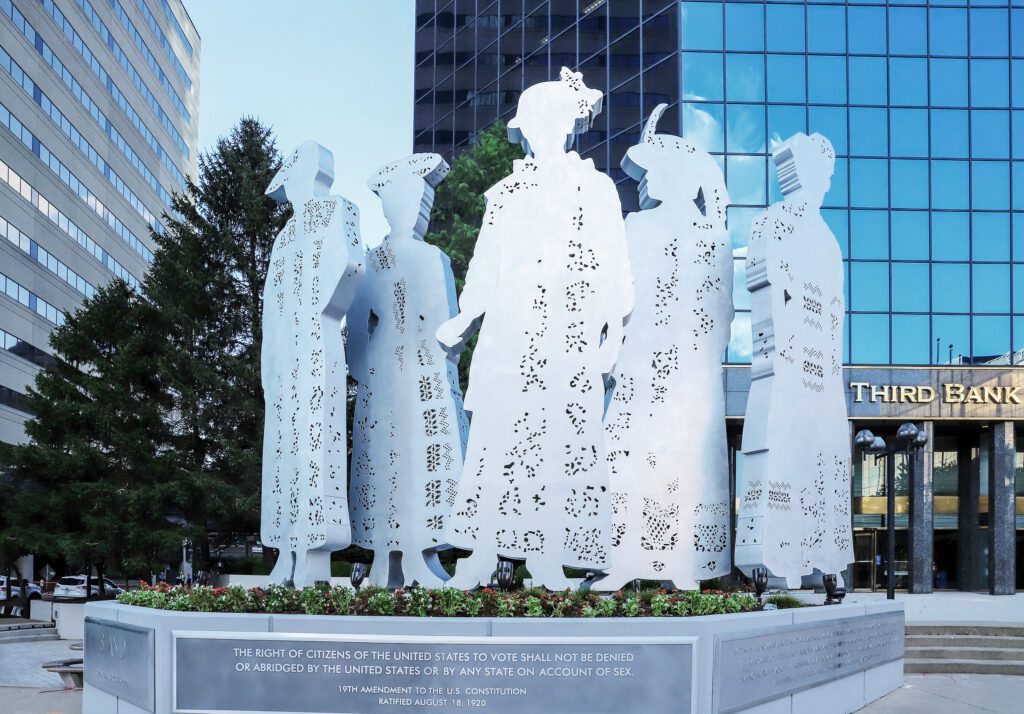
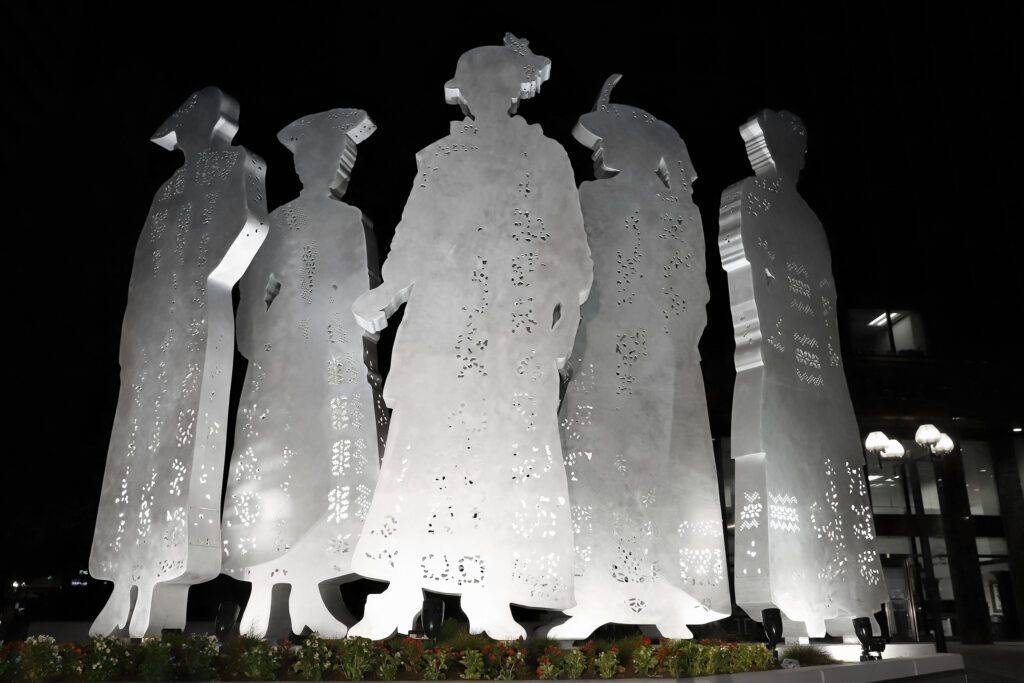
“Stand” – Lexington, Kentucky, USA
20’ H x 30’ W x 5’ D
Aluminum, integrated lighting
Project Gallery:
Digital File of 5 Figures Digital File Rendering of Figures and internal armature Cut panels ready to assemble Panels and internal laid out Internal being built Side Panels Tacked section of side panel to main portion Fabricated electrical panel Lights inside the figure Testing lights in figure with Barbara standing next to it Figure being wrapped for shipping Putting figures on flatbed Digital of anchor fixtures Fabricated anchor fixtures Anchor fixtures set on location Google view of site location Installation of 5 figures
Prior to collaborating on the “Stand” project, we had also worked with Barbara on the fabrication of “A Path for Water” (2019), commissioned by the City of Phoenix which you can view here.


